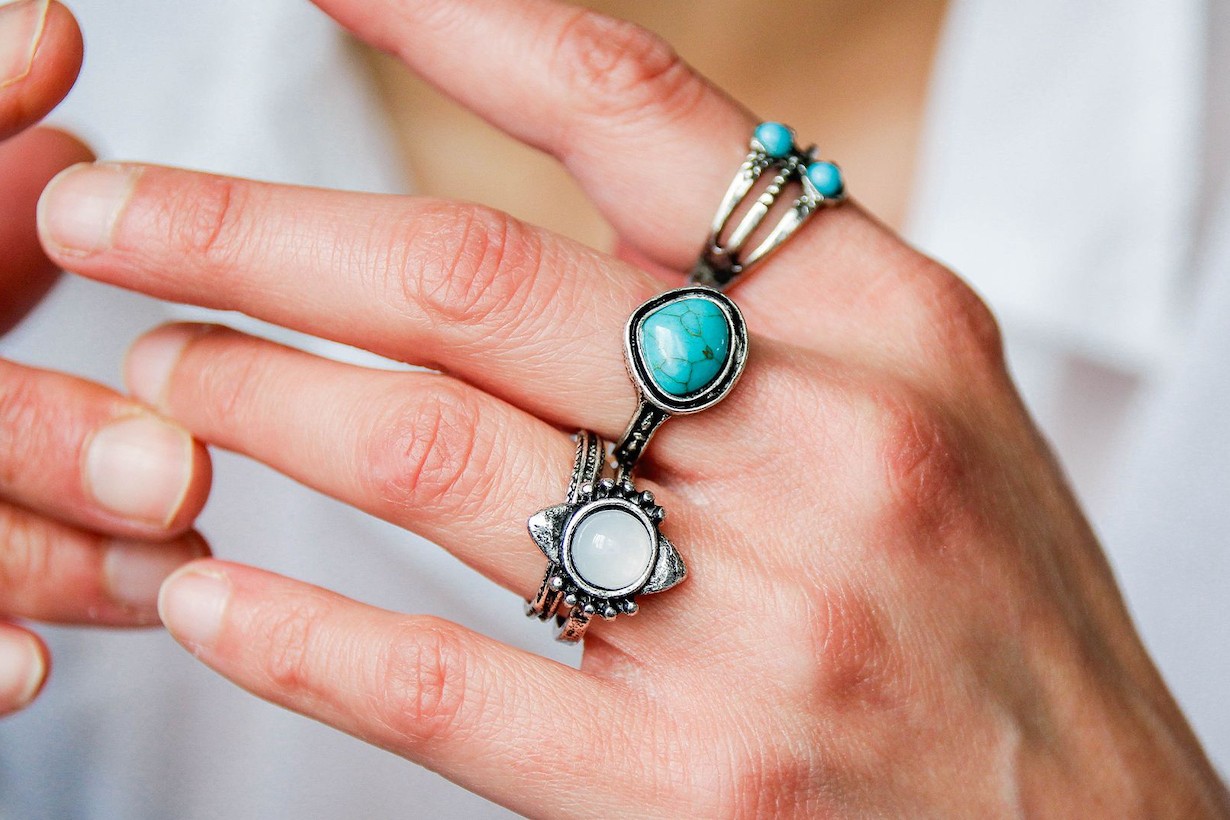But what happens when you have a metal allergy?
The symptoms of a metal allergy can range from relatively benign to life-threatening, given that the allergy can, in rare cases, cause metal-containing surgical implants to fail, Dr. Santhosh Kumar, an allergist based at the Children’s Hospital of Richmond at Virginia Commonwealth University, told Live Science by email.
However, the most common symptom of a metal allergy is contact dermatitis, an itchy, swollen skin rash caused by direct contact with an allergy-triggering substance, according to a 2012 review published in the journal Dermatology Research and Practice. Evidence suggests that these reactions are related to the fact that common metals that cause contact dermatitis — such as nickel, cobalt and chromium — lack a full set of electrons.
Electrons in atoms orbit around a nucleus, and for an atom to be stable, it typically needs eight electrons whizzing around the orbital path that’s farthest from the nucleus. But nickel, for example, has only two electrons there; shedding those two electrons stabilizes the atom and gives it a positive charge. Thus, the nickel in a necklace or a pants button can shed charged nickel atoms, known as ions, over time, and these interact with the wearer’s skin.
Specifically, the nickel ions latch on to specific proteins present in the skin. And because these metal-protein complexes are perceived by the body as “foreign,” they trigger an immune response, according to the medical resource StatPearls.
Through prolonged and repeated exposure to a metal, immune cells can become sensitized to it in this way — but it’s not fully understood why some people experience this sensitization while others don’t. The American Academy of Pediatrics (AAP) notes that genetic factors related to the immune system and to skin’s outer barrier likely play a role. Environmental factors, such as whether you regularly work with potentially allergy-triggering metals, may also raise the risk, Mayo Clinic says.
Symptoms of contact dermatitis can range from a localized flare-up to a whole-body rash, and the severity of the skin rash depends mainly on how much the skin barrier has been penetrated or damaged by the metal in question. In terms of appearance, metal-related contact dermatitis “does not look any different than many other rashes,” and may closely resemble an eczema or poison-ivy rash, Kumar said.
Dr. Raman Madan, a dermatologist based in New York and a fellow of the American Academy of Dermatology, described the look of a metal-allergy rash as “red, scaly, crusty or dark,” with the affected area often being itchy, swollen and painful to the touch. The symptoms of contact dermatitis start appearing immediately after exposure, and if untreated, the rash can last anywhere from 12 hours to a month, he told Live Science by email.
This is an example of how a contact-dermatitis rash can look on pale skin, but note that the resulting rash can vary depending on how severely the skin has been compromised. (Image credit: Blausen Medical)
(The AAP also notes that symptoms can appear within just 30 minutes of metal exposure, but Mayo Clinic adds that they can sometimes take hours to days to show up.)
People with metal allergies can also develop systemic contact dermatitis, which occurs when metal particles reach the skin from the bloodstream, as can occur when these particles are ingested with food or medication. Systemic contact dermatitis can cause a widespread pink-to-red skin rash, papules (small, solid bumps on the skin), and exfoliative erythroderma, in which the skin becomes inflamed and starts peeling, according to the 2012 review.
People with metal allergies can also have reactions to certain surgical implants, according to a 2015 review published in The Journal of Allergy and Clinical Immunology.
Various heart pacemakers, intrauterine devices, artificial teeth and joint replacements are made using metal composites. Reactions to implants can result in localized pain, swelling and itching near the implant site, and chronic inflammation of the palms and soles. They can even cause a failure of the device, often due to harmful changes in the surrounding tissues.
These reactions can sometimes happen in patients with no prior history of metal allergy, the review authors noted, but in individuals previously diagnosed with a metal allergy, surgical implants can be modified to minimize the risk of a reaction.
Thankfully, allergic reactions to metal surgical implants are relatively rare, Kumar emphasized.
This article is for informational purposes only and is not meant to offer medical advice.










